by TeAnna, Exhibits Intern
While some may feel a little uncomfortable discussing women’s undergarments, let’s face it, they’ve been around long enough to be openly discussed and talked about. I find the history of these undergarments to be fascinating, especially when you compare today’s modern garments to those of the past. Disneyland once took on this comparative feat. In 1995, you could find the mechanical Wizard of Bras in a store named Intimate Apparel, Brassieres, Torsolettes. Rather than purchasing intimate apparel, however, the Wizard guided you through the history of bras, starting in the 19th century, leading up to 1955. For more information on this store, click here.
Although my clothing exhibit will not feature a talking, audio-animatronic figure as your guide, there will be a whole section focused primarily on men, women and children’s undergarments. The Willamette Heritage Center archives has a surprisingly high amount of clothing undergarments, in which a large portion is made up of woman’s brassieres, girdles, corsets and such. I was told that the WHC was given the remaining inventory of a lingerie/intimate apparel shop here in Salem, Oregon. My guess, from some of the dated clothing, is that the shop was at least open during the early 1900s.
Upon reviewing the undergarment category in the archival records, it became apparent to me that I knew nothing about real undergarment terminology. I knew what a corset was. I knew what a garter was. However, I did not know that there was a difference between the two. Did you?
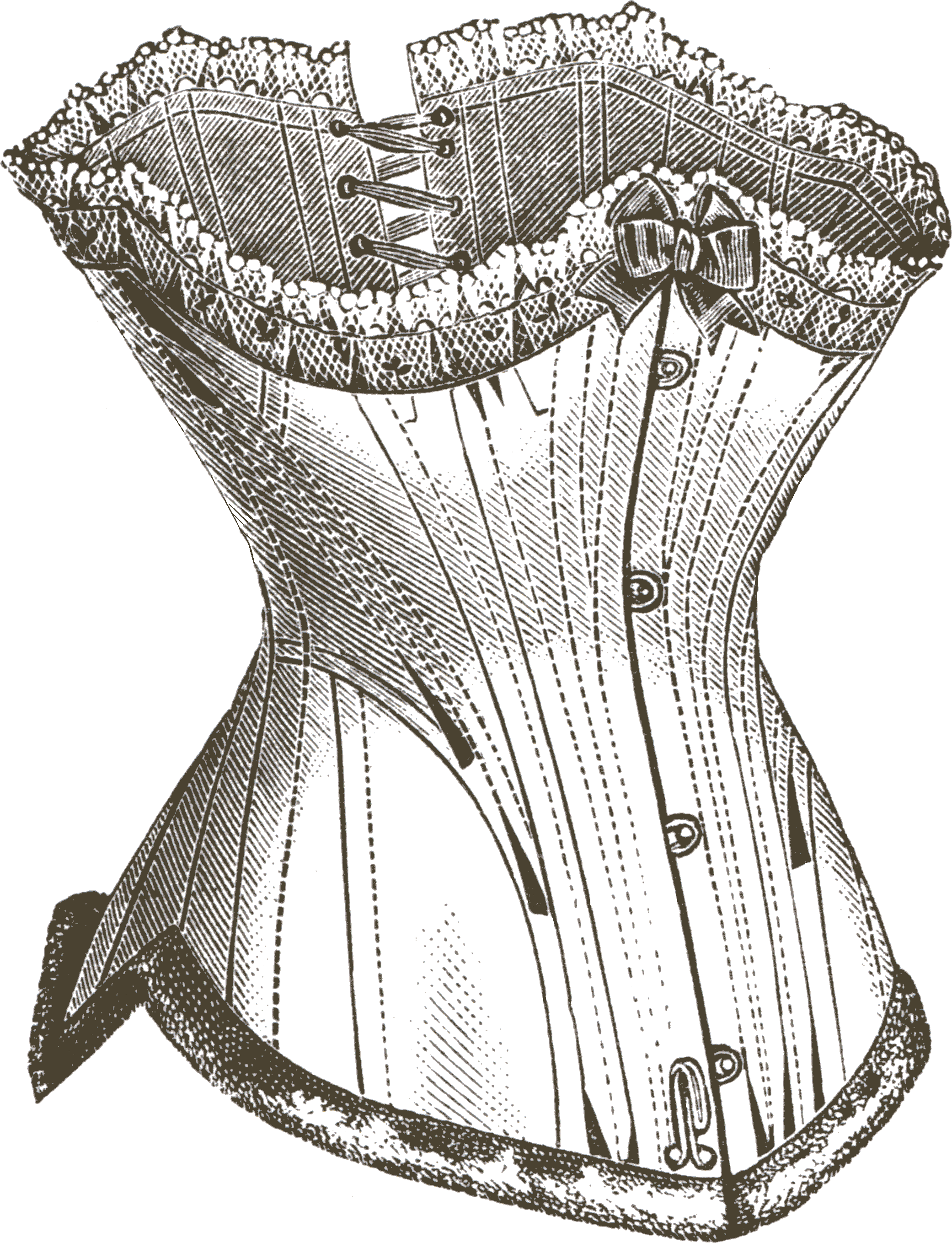
Victorian- era corset courtesy of Pinterest. Notice the exaggerated cinch of the waist and the lace in the back.
I did a little research. A corset is focused more on the bust and waist area. Designed to not only push the breasts upward but to cinch the waist inward, the corset was/is designed to create a strong hourglass shape of the body. A girdle aims to slim the hips, buttocks and thigh area. There is also a major material, and therefore cost, difference as well. A corset has stiff, usually metal boning running throughout in order to keep that hourglass shape, making it more expensive to both make and buy as well as uncomfortable for the wearer. In today’s market, a good corset, which is designed specifically for your body, can cost in the range of $1,000- $1,500. A girdle is typically made of elastic-type fabric, making it much cheaper to manufacture and thereby less expensive. It also makes the girdle more comfortable to wear, therefore more likely to be bought in today’s market.
The materials of these two ever-changing garments are also important in regard to dating them historically. The corset has been around for centuries, with the earliest possible corset dating back to 2000 BCE. With it being around since practically the dawn of
fashion, the only way to truly date a corset is by the fabric used, the material used to make the boning, and the severity (how much) with which the waist is cinched. While corsets in the 18th and 19th century were designed to lift the breasts and support the backs of women, corsets in the Victorian era were longer and laced in the back in order to create an exaggerated hourglass shape when tightened. The modern girdle (anthropologically speaking, the girdle can also be categorized as a large loin cloth) took hold in the 1920s, when the elastic material could be produced. While a girdle cannot be dated to a single time frame based off of its materials, it can be dated based off its style, unlike the corset. From the 1920s to the late 1950s, the open-bottom girdle (picture to the right) was the girdle of choice. In the 1960s, this skirt-like girdle was tossed aside for the more practical panty girdle, which is like shorts.
All this undergarment research has made me realize there is still so much more to do and so many more clothing terms to define. Without properly defining them, I could make the same mistake I almost made with the corsets and girdles; combining them together when in reality, they are two separate entities. This has also made me realize that it is possible for things to be miscategorized in the archival records, and it is my job to correct them. While clarifying that the girdles are labeled girdles and the corsets are labeled corsets may not seem like a big deal, it could be when someone wants to search for corsets and all they come up with are a bunch of mislabeled girdles.



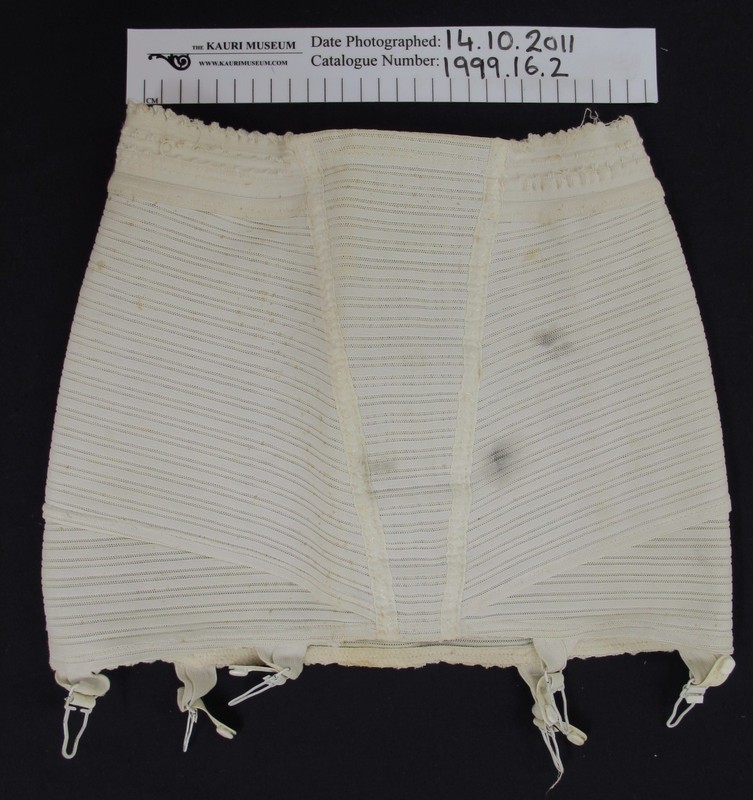
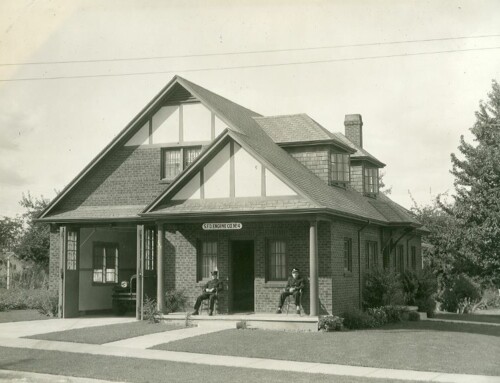

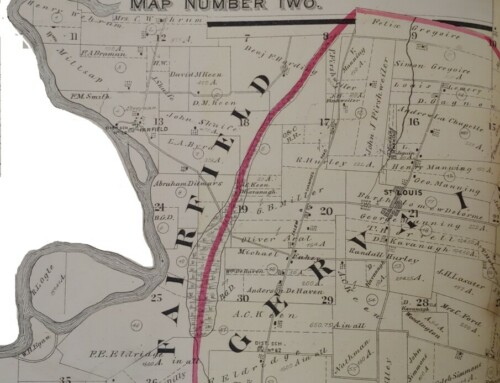
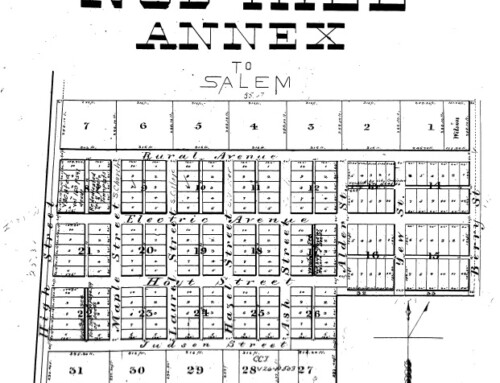
Really interesting stuff! The next step after classifying and dating would be to consider the sociological implications of such garments in particular historical periods.